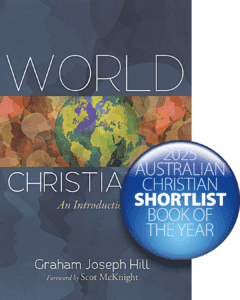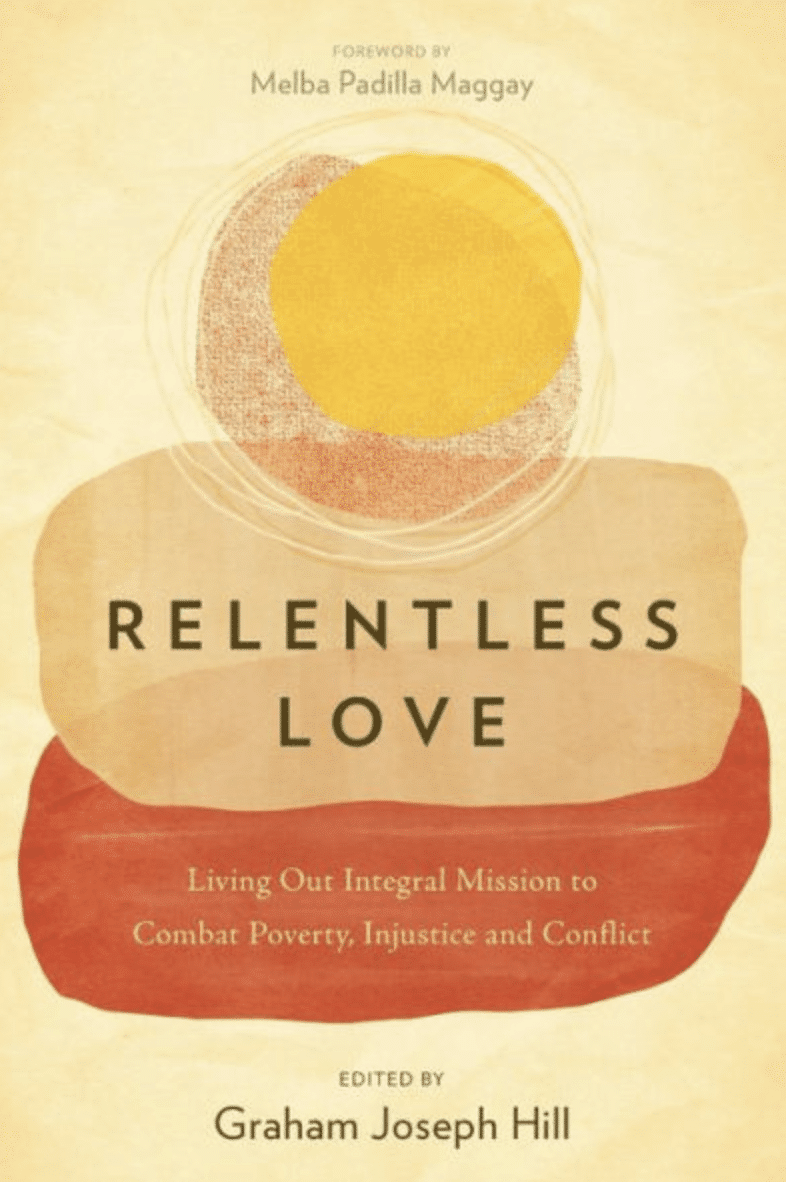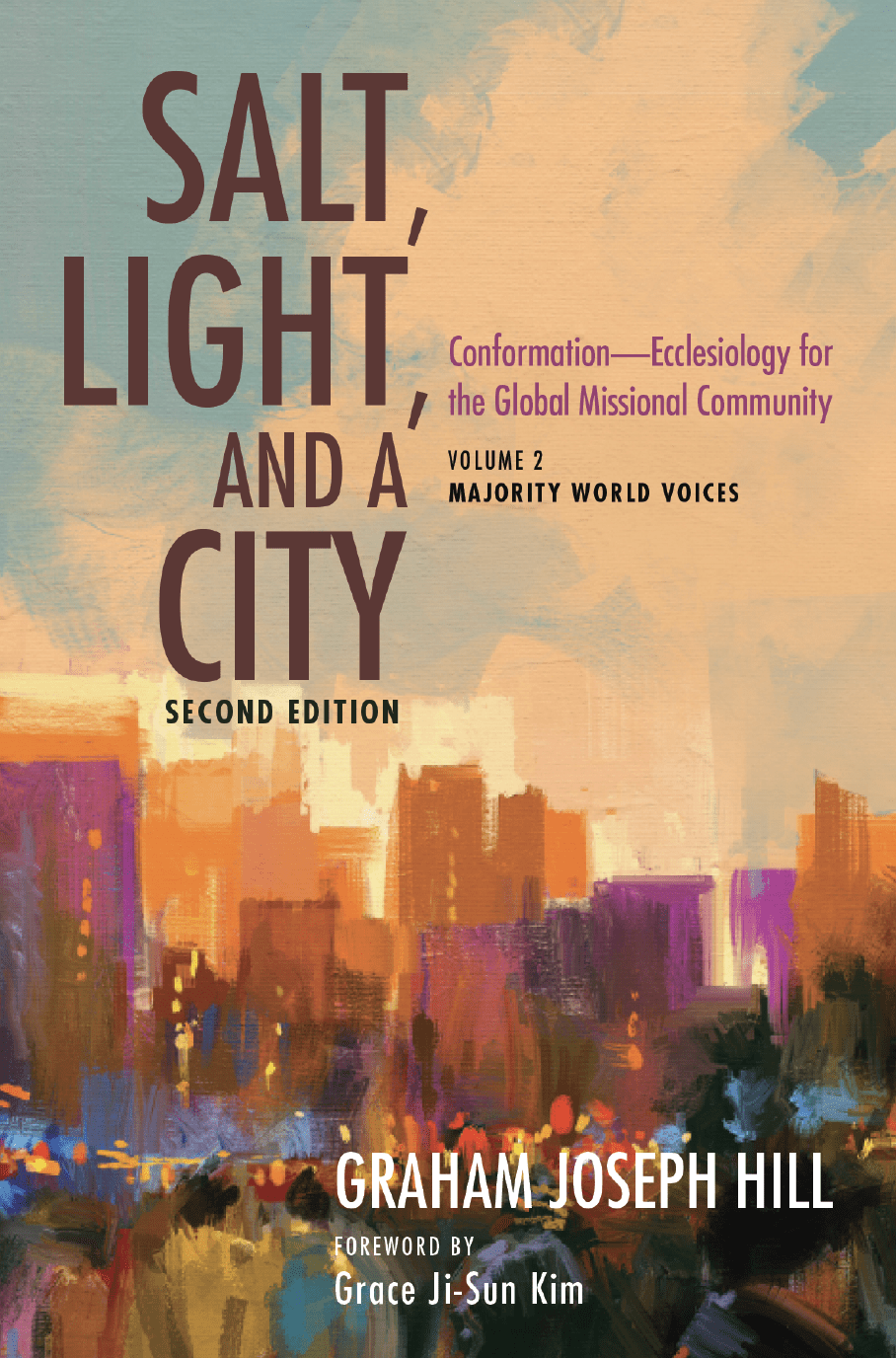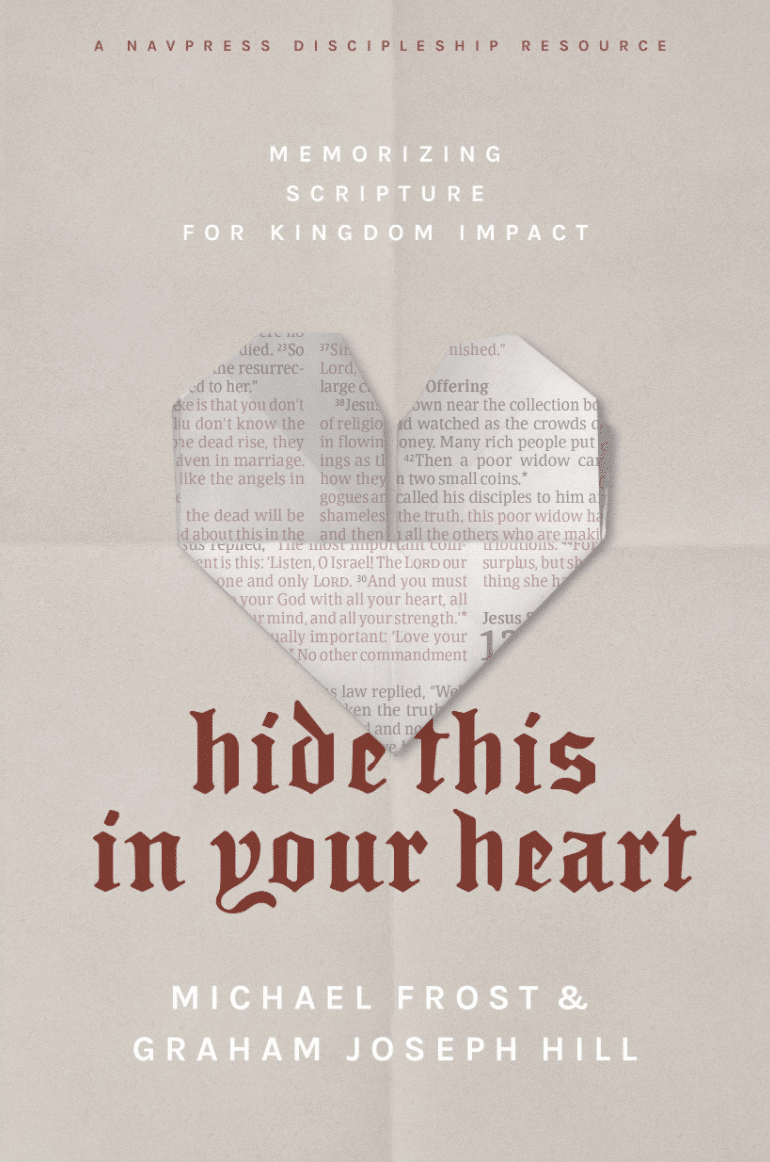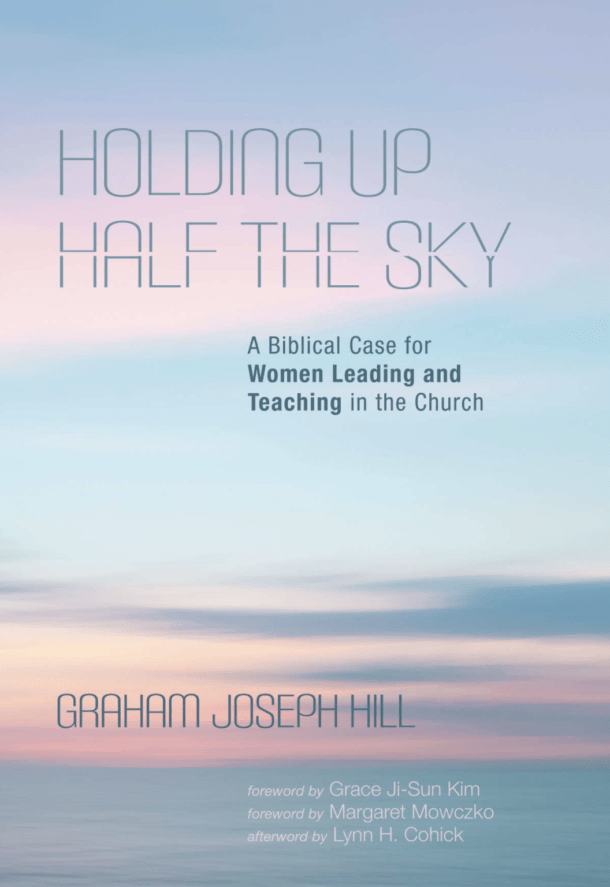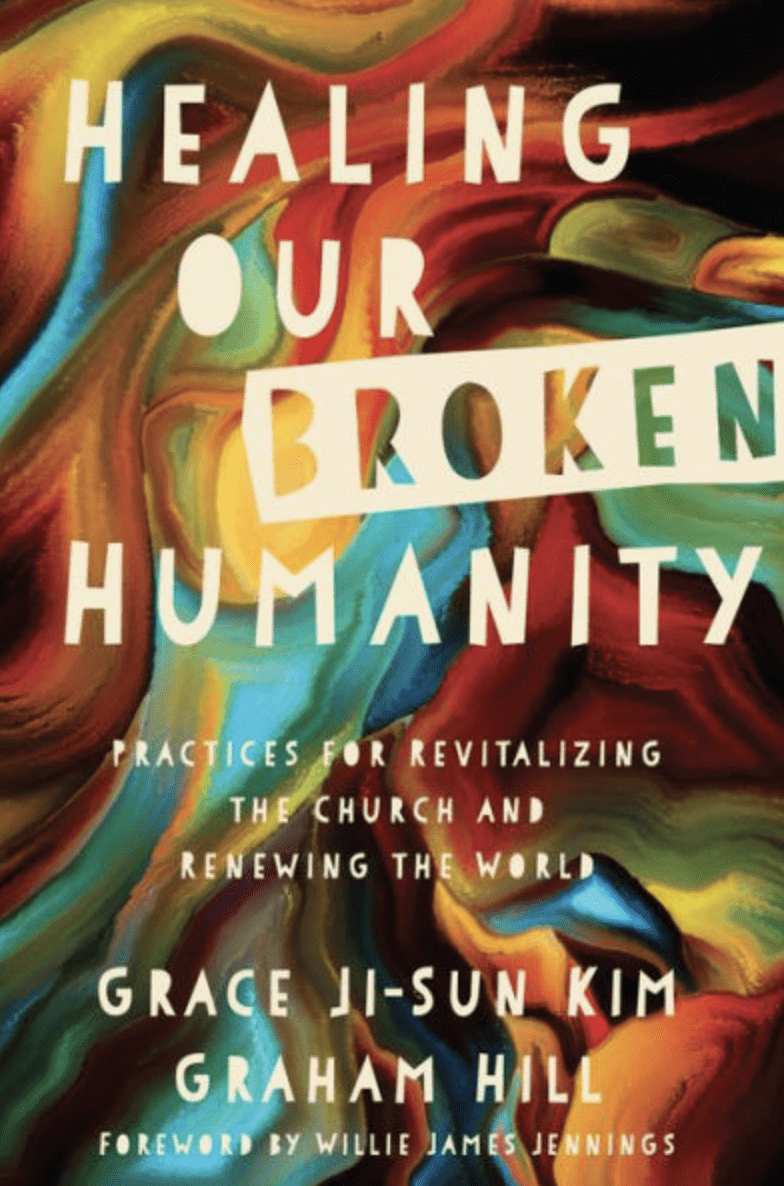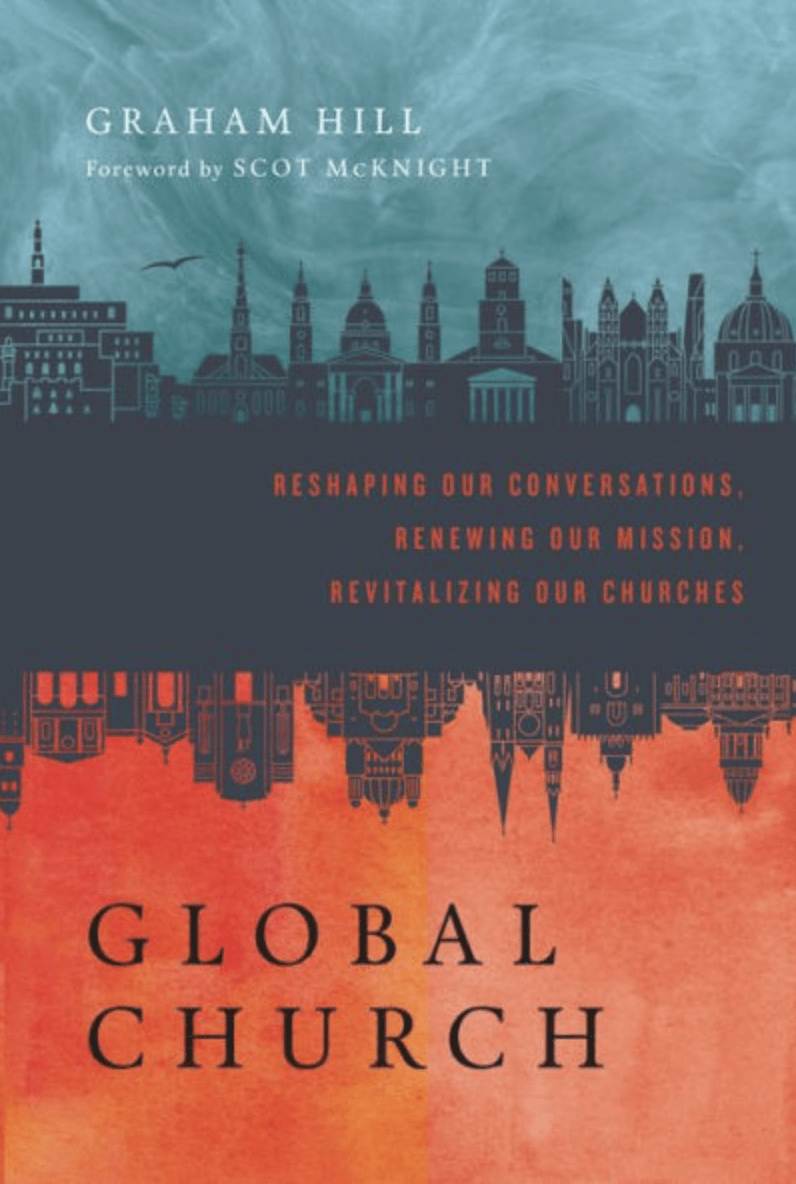Righteous anger rises in the streets as protesters chant for justice. In the United States, Black Lives Matter rallies cry out against systemic racism. In Australia, voices lift for First Nations dignity and reconciliation. The church professes that it should be “no haven for racism” and that it must lead in justice, reconciliation, and healing; yet too often Sunday morning remains segregated, and believers splinter over questions of social activism.[1] In this tense and demanding environment, many faithful activists find themselves weary and wounded. Burnout stalks those who carry the burdens of racial injustice. How can the fire for justice be sustained without turning into the ashes of despair or hatred? Is there a deeper well from which to draw strength so that our pursuit of racial reconciliation remains bold and compassionate?
“How can the fire for justice be sustained without turning into the ashes of despair or hatred?”
Howard Thurman, a mystic mentor of the civil rights movement, offers a profound answer: Activism must be nourished by contemplation. The secret to sustainable justice, Thurman taught, is cultivating the heart of a monk even as we fight for what’s right. His life and wisdom invite us to discover an inner sanctuary that empowers public resistance, enabling us to carry out activism with a monk’s heart.
The Contemplative Soul of the Civil Rights Movement
In the midst of the Civil Rights era, as hoses blasted and hate raged, there was an often unseen source of strength sustaining the movement’s leaders. It wasn’t in the clamor, but in the quiet that their courage was renewed. Before marches in Alabama or freedom rides across the South, groups of activists would kneel, holding hands in prayer and singing hymns. One civil rights veteran recalled that without prayer, the movement would have been “like a bird without wings.”[2] These women and men (flesh and blood like us) drew on spiritual resources beyond themselves. Their secret was a life of prayer beneath the life of protest. And behind many of them stood Howard Thurman, a spiritual guide who embodied contemplative nonviolence.
Thurman wasn’t on the front lines shouting into megaphones or drafting policy demands. Instead, he was a pastoral presence and teacher of the deep spiritual life. An African American theologian born in 1899 under Jim Crow segregation, Thurman knew racial injustice intimately. Yet Thurman believed that real change required a transformation of the spirit, not just a change in laws. In 1936, he traveled to India and spent time with Mahatma Gandhi. Thurman resonated more with Gandhi’s mystical center than with his political tactics.[3] He became convinced that the courage to resist evil nonviolently must flow from an encounter with the Divine. For Thurman, nonviolence was far more than a strategy: it was a way of being grounded in prayer.
Thurman went on to mentor generation-shaping leaders like Martin Luther King Jr., James Farmer, Vernon Jordan, and Jessie Jackson. Dr. King famously kept Thurman’s book Jesus and the Disinherited with him as a spiritual guide. Thurman’s influence helped King and others see that nonviolent resistance is unsustainable without an inner life of contemplation and love. The pastor-mystic taught them what he called “the strength beyond our strength,” an inner power from God that could renew weary souls and keep hope alive when outer circumstances were crushing.[4] Thurman would urge activists to take regular “lulls in the rhythm of doing,” pauses for prayer and reflection, knowing that without these sacred stops the relentless pace of justice work could derail them.[5] A community united across lines of difference, their solidarity was rooted in something more profound than a moment’s passion.
“Their secret was a life of prayer beneath the life of protest.”
Thurman’s own life modeled this integration of action and contemplation. In 1944, he co-founded the church for the Fellowship of All Peoples in San Francisco: one of the first intentionally interracial congregations in the United States.[6] At a time when even churches were segregated, Thurman’s congregation was a living proclamation that the walls of racism could be overcome through the Spirit of God. This “Fellowship Church” was devoted to, in Thurman’s words, “personal empowerment and social transformation through an ever-deepening relationship with the Spirit of God in all life.” Here’s the blueprint Thurman offered: social transformation grows from spiritual transformation. He believed the church must become a courageous counter-community of reconciliation, a living model of God’s justice. Policy changes and protests, he argued, wouldn’t be enough if our souls remained captive to fear, hatred, and ego. So, Thurman remained a man of the chapel and classroom, nurturing the souls of activists so that their public witness sprang from a well of grace.
Centering Down: Finding an Inner Oasis
At the heart of Thurman’s teaching is a practice he called “centering down.” “How good it is to center down!”[7] Thurman wrote in a famous meditation. “To sit quietly and see one’s self pass by!” This simple yet profound practice of stillness is a lifeline for those engaged in the long struggle for justice. When we “center down,” we step away from the noise and chaos: not to escape reality, but to encounter a deeper Reality. Thurman described how our minds are like busy streets with endless traffic; our spirits are cluttered with clashing noises. But if we sit quietly and wait, a deeper note sounds beneath the turbulence. In the stillness, “there’s a sound of another kind (a deeper note) which only the stillness of the heart makes clear.” It’s the voice of the Eternal, speaking in the depths of our being, offering “strength to weakness, courage to fear, hope to despair.”[8]
For activists, this practice of silence and solitude isn’t a luxury; it’s a matter of survival. The work of racial justice can fill one’s heart with righteous anger, frustration at the slow pace of change, and sorrow at each new injustice. Without an inner oasis, these feelings can harden into cynicism or consume us entirely. Thurman’s invitation to center down is an invitation to return to the Source. It’s in the secret place of prayer that we remember that God is God, and we aren’t alone responsible for saving the world. We allow the “peace of the Eternal” to replenish us. In that contemplation, we face the hard questions: “What drives my activism? Is it centered in love or distorted by ego? What truly matters most?” Centering down recenters us on God’s presence and purpose, so that when we return to the struggle, we carry a stillness within us.
“How good it is to center down! To sit quietly and see one’s self pass by!” – Howard Thurman
Consider Jesus’s example: Christ would withdraw to lonely places to pray at the height of ministry, then return empowered to heal and confront injustice. In one Gospel story, as a storm raged and his disciples panicked, Jesus slept peacefully in the boat. When he awoke, he calmed the storm with a word (“Peace, be still”), a prophetic authority flowing from inward stillness. Likewise, our prophetic action must flow from inner peace. Thurman knew this well. He taught that only the truly quiet heart can be a vessel of God’s reconciling love in tumultuous times. The more ferocious the tempest of injustice, the more crucial it is for activists to carry a calm center within, anchored in prayer.
The Rhythm of Prayer and Protest
Modern activists often struggle with the balance between contemplation and action (I appreciate the way Richard Rohr integrates these in his ministry). In the face of urgent injustice, some worry that too much contemplation leads to passivity or “navel-gazing.” On the other hand, relentless action without spiritual grounding leads to burnout, misguided rage, and even the risk of becoming what we resist. Thurman offers a “virtuous cycle” instead of a false choice. He challenges us that “those who’d be contemplative must identify with those who suffer, and those who’d address suffering must be contemplative.”[9] In other words, prayer and protest are inextricably linked. Each fuels the other in a healthy rhythm.
Imagine activism and contemplation as the two wings of a great bird of justice: without one, we will never truly soar. When we pray deeply, we are driven to love and stand with the oppressed, because we have touched the heart of God who hears the cry of the poor. When we act for justice, we soon discover our need to return to prayer, to purify our motives and replenish our strength. Thurman witnessed this rhythm among the civil rights faithful. They’d pray before the march to center themselves in nonviolence and divine love. Then they’d march, sing, suffer arrest or assault, and afterwards, they’d gather again to pray, forgive, and refill their souls with grace to continue. Action led them back to contemplation, which in turn prepared them for further action in an ongoing cycle. This “quiet strength,” as some have called it, is the key to longevity in justice movements. Genuine peace and justice are born from recognizing our shared humanity.
“Imagine activism and contemplation as the two wings of a great bird of justice: without one, we will never truly soar.”
Thurman once told Martin Luther King Jr., after King endured a near-fatal stabbing, to extend his recovery and rest before returning to the fray. “Stand still so that you can continue to stand firm for justice,” he advised.[10] King heeded that counsel, spending extra weeks in prayerful reflection. In that lull, King reportedly gained clarity and inner fortitude for the greater trials to come, believing that this forced pause was “part of God’s plan to prepare him for larger work.”[11] This illustrates a counterintuitive truth: sometimes the most critical act of faith is to stop and pray, trusting that being with God will ultimately empower us to do more effectively. In a culture that prizes ceaseless activism, Thurman’s legacy reminds us that holy pause isn’t paralysis, it’s preparation. As he said, “There must be for me a deep sense of relatedness to God . . . This alone will make it possible for me to stand anything that life can or may do to me.”[12]
When we embrace this rhythm of prayer and protest, we break the cycle of exhaustion. No longer is activism a frantic effort carried on our shoulders alone; it becomes a partnership with the Spirit. We act, then relinquish the results into God’s hands in prayer. We speak boldly against injustice, then return to the silence to listen for the “still small voice” that corrects and consoles us. Over time, this rhythm carves out a vessel of peace in our hearts. We become, as Thurman envisioned, contemplatives in action: driven by love, not by restless anxiety or self-righteous anger.
Love at the Center of Protest
Perhaps the greatest gift a contemplative approach offers to activism is this: the capacity to love truly, even in the midst of protest. Racial justice work is inherently confrontational; it stands against oppressive systems and calls out prejudice. It’s easy, even understandable, for those fighting racism to develop bitterness toward oppressors or those who remain complicit. Yet Thurman and other spiritual leaders in the freedom movements insisted that hatred can’t drive out hatred; only love can. Nonviolence isn’t merely the absence of physical violence; it’s the presence of agapē love toward all, including one’s adversaries. But how can activists possibly love their enemy when faced with bigotry, violence, and ignorance?
Thurman’s answer: only through a transformed heart grounded in God. In the mystical encounter of prayer, as he taught, our ego (with its thirst for vindication and its tendency to dehumanize others) is dethroned. We see ourselves truthfully and repent of our own pride and hatred. We also come to see the sacred dignity in every person, even those who perpetrate injustice. Thurman wrote that Jesus rejected the way of hate because hatred destroys the hater and entrenches the cycle of violence.[13] Jesus, standing with his back against the wall of oppression, still chose to love and forgive, pointing a way out of endless vengeance. This radical love in action isn’t natural to us; it’s the fruit of the Spirit, cultivated by abiding in prayer.
“The activist with a monk’s heart doesn’t demonize individuals, even as they denounce unjust systems. Instead, they testify to the higher truth of our shared humanity under God.”
When activists integrate contemplation, they’re better able to embody love in protest. This doesn’t mean becoming timid or losing the prophetic edge: on the contrary, it infuses the fight for justice with divine power. Love gives moral courage that outlasts anger alone. A person centered in God’s love can stare down hate with unflinching truth and compassion. Consider the posture of many civil rights marchers who, trained in nonviolence, met spit and slurs from white supremacists with songs and steady gazes that refused to return hate. That discipline was forged in churches, in prayer meetings, in hours of inner work. As Thurman put it, through prayer, “our false selves are undone,” and we are enabled to see even our oppressor through God’s eyes. The activist with a monk’s heart doesn’t demonize individuals, even as they denounce unjust systems. Instead, they testify to the higher truth of our shared humanity under God. Their protest is aimed not at revenge but at redemption: seeking to free both the oppressed and the oppressor from the dehumanization of racism.
Such spiritually-rooted love has transformative potential. We have accounts of white segregationists whose hearts were softened by the dignified suffering love of Black protesters. We see contemporary examples: protesters kneeling in prayer for those who persecute them, or families of victims extending words of forgiveness that confound the world. These are miracles of grace in the public square, and they arise from deep wells of faith. Activism informed by contemplation resists the temptation to mirror the world’s rage and division. Instead, it stands apart with a peculiar power: the power of unyielding love. This is how the church can truly be a light in dark times: by producing activists who carry the presence of Christ into the streets, who do justice with mercy and humility (Micah 6:8). In such hearts, there’s no haven for racism, because the love of God melts prejudice.
Practices for the Contemplative Activist
How can we cultivate this integration of zeal and peace, of justice-making and soul-keeping? In practical terms, what might it look like to engage in activism with a monk’s heart? Here are some concrete spiritual practices and approaches:
• Daily “Centering Down”: Set aside time each day for silent prayer, meditation, or centering prayer. Even ten or twenty minutes of intentional silence (perhaps in the morning before work or activism) can center your spirit. In that quiet, breathe deeply and acknowledge God’s presence. Let your anxious thoughts pass by. Listen for that “deeper note” of the Spirit. This daily practice will ground your activism in something more profound than news cycles and give you inner steadiness amid chaos.
• Sabbath and Regular Retreats: Honor the rhythm of work and rest that God ordained. Take a Sabbath day each week where you step back from activism, social media, and news. Use that time for worship, family, nature, and things that renew you. Additionally, consider occasional retreats, such as a weekend at a retreat center or a day of solitude in a peaceful location. As Thurman advised King, standing still for a season can prepare you to stand firm later. These larger pauses will replenish your vision and prevent burnout by reconnecting you with the joy of simply being beloved of God, apart from your work.
• Prayer Partners and Communities: Don’t walk the contemplative path alone. Find fellow sojourners who value prayer as the driving force behind their actions. This might mean forming a small prayer group within your activist circle or joining a contemplative prayer gathering at your church. Before heading out to a protest or strategy meeting, gather for prayer. Sing a hymn or spiritual song together to unite your spirits. Encourage one another to seek God’s face. The early civil rights movement was sustained by church communities that prayed and worshipped fiercely, generating a collective resilience. Community prayer keeps each person accountable to love and bolsters courage through mutual support.
• Sacramental Rituals in Activism: Integrate symbolic acts of faith into your activism. For example, some protestors have incorporated kneeling in prayer or moments of silence during demonstrations. Others carry a cross or light candles at vigils for victims of racial violence. These acts remind everyone present that the struggle for justice is ultimately a spiritual struggle, and they invite God’s presence into the public square. Be creative in incorporating rituals of lament, confession, and hope into your justice work. Such practices can turn a rally into holy ground and a march into a moving liturgy for change.
• Lectio Divina and Sacred Study: Nourish your mind and heart with wisdom from Scripture and spiritual writings. Practice lectio divina (the slow, prayerful reading of Scripture) focusing on passages about God’s heart for justice, mercy, and reconciliation. Meditate on the prophets or the Gospels where Jesus ministers to the marginalized. Also read the writings of contemplative leaders and justice seekers, including the mystics, the saints, and modern prophets of nonviolence. Howard Thurman’s own works, like Meditations of the Heart or Jesus and the Disinherited, are rich resources to study. Allow these readings to read you, to search your soul and reshape your perspectives. Continual formation through sacred study ensures that your activism remains theologically rooted and spiritually attuned.
• Examen of Activism: At the end of each day or week, perform an examen: a review of your life in the light of God’s presence. Specifically, examine your activism and relationships across racial lines. Where did you feel most aligned with God’s love and purpose in your work? Where did you feel anxiety, anger, or ego creeping in? Gently review moments of conflict or discouragement: do you need to forgive someone, or seek forgiveness? Are you harboring resentment that needs to be released? Offer it all to God and ask for guidance to grow in love. This regular examen keeps your soul free of the bitter residues that often accompany justice work, ensuring you can continue with a pure heart.
• Embodied Contemplative Practices: Remember that contemplation isn’t only sitting silently: it can also be embodied. Practices such as walking meditation, yoga, sacred dance, or simply mindful breathing can help integrate body and spirit. Perhaps, before a difficult community meeting, you take a slow prayer walk around the block, repeating a simple mantra, such as “Your peace, O God,” with each step. Some activists find solace in music or art as a form of prayer: singing a soulful hymn, drumming in a circle, or expressing their emotions through painting. Find the practices that settle your body and focus your mind on the divine. A calm body supports a calm spirit, and both are needed when tensions flare on the justice journey.
Each person’s blend of practices will differ; the key is intentionality and consistency. The monk’s heart isn’t formed in a day: it’s the fruit of daily tending. Over time, you may notice that you carry a deep sense of God’s presence even in stressful strategy debates or while reading the day’s grim headlines. You may react less out of reactivity and more out of a rooted compassion. This is the transformation Thurman spoke of (“our transformation goes all the way down to our bones”), making us people who can, as he said, “embody the way of Jesus, chastened in prayer and quieted in our anger, steeled with a moral courage that no violence can efface.”
Conclusion: Leading with a New Spirit
The challenges of racial injustice in our time are formidable. In the United States and parts of Europe, a resurgence of overt racism and nationalism tests the progress of past decades. In Australia, the ongoing work of truth-telling and reconciliation with Indigenous peoples calls for courage and humility. The church, if it’s to answer its call to be an ambassador of reconciliation, must itself undergo this deep integration of contemplation and action. Churches are invited to become training grounds for contemplative activists: nurturing believers in spiritual disciplines that fortify them to confront injustice in society. There can be no haven for racism in our congregations, and likewise no haven for apathy or despair. Empowered by prayer, the people of God can move out of comfort zones and into the hard places of suffering with a love that sustains.
Activism with a monk’s heart isn’t easy, but it’s essential for the long haul. We do this because ultimately, racial reconciliation is God’s work before it’s ours. We are participants in God’s healing mission, and we can’t do it apart from God’s life flowing through us. Howard Thurman’s legacy whispers to this generation of activists: Slow down. Center down. Seek the Face of the Eternal. Let God’s love renew your mind and purge your soul of bitterness. Let holy silence teach you who you are and who your neighbor is in God’s sight. Then, with that monk-like heart burning with divine fire, rise and go into the streets. Speak truth, do justice, confront evil: but do it as a bearer of peace that passes understanding.
Sustainable justice is about more than winning policy or cultural battles; it’s about becoming the Beloved Community we proclaim. It means living the unity and equity we long for, through the Spirit’s power. With contemplation joined to activism, we can press on without burning out, because our source is inexhaustible. We will find ourselves part of a virtuous cycle of grace: prayer fueling action, and action driving us back to prayer. And in that faithful rhythm, by God’s grace, the long arc of the moral universe bends a little more toward justice: through our hands and hearts, steadied by the Eternal Love that makes all things new.[14]
Bibliography
McCracken, Brett. “21 Challenges Facing the 21st Century Church.” BrettMcCracken.com (blog), October 27, 2016. https://www.brettmccracken.com/blog/blog/2016/10/27/21-challenges-facing-the-21st-century-church.
Lewis, John. Interview by Kim Lawton. “John Lewis Extended Interview.” Religion & Ethics NewsWeekly. PBS, January 16, 2004. https://www.pbs.org/wnet/religionandethics/2004/01/16/january-16-2004-john-lewis-extended-interview/2897/.
Sanchez, Michelle T. “What We Can Learn from the Contemplative Heart of the Civil Rights Movement.” Faith & Leadership (Duke Divinity School), March 19, 2024. https://faithandleadership.com/what-we-can-learn-the-contemplative-heart-the-civil-rights-movement.
Werntz, Myles. “Howard Thurman’s Contemplative Nonviolence.” The Christian Century, August 28, 2019. https://www.christiancentury.org/critical-essay/howard-thurman-s-contemplative-nonviolence.
Thurman, Howard. Meditations of the Heart. New York: Harper & Brothers, 1953. (Meditation “How Good to Center Down,” and others).
Thurman, Howard. Jesus and the Disinherited. New York: Abingdon-Cokesbury, 1949.
King, Martin Luther, Jr. “Remaining Awake Through a Great Revolution.” Sermon delivered at the National Cathedral, Washington, DC, March 31, 1968. (Printed in A Testament of Hope: The Essential Writings and Speeches of Martin Luther King, Jr., edited by James M. Washington, 1986). https://kinginstitute.stanford.edu/king-papers/documents/remaining-awake-through-great-revolution-address-morehouse-college
References
[1] McCracken, “21 Challenges Facing the 21st Century Church.”
[2] In a 2004 PBS Religion & Ethics NewsWeekly interview, John Lewis said, “Without prayer, without faith in the Almighty, the civil rights movement would have been like a bird without wings.” Interview by Kim Lawton. “John Lewis Extended Interview.”
[3] Werntz, “Howard Thurman’s Contemplative Nonviolence.”
[4] Sanchez, “What We Can Learn from the Contemplative Heart.”
[5] Sanchez, “What We Can Learn from the Contemplative Heart.”
[6] Werntz, “Howard Thurman’s Contemplative Nonviolence.”
[7] Thurman, Meditations of the Heart.
[8] Thurman, Meditations of the Heart.
[9] Werntz, “Howard Thurman’s Contemplative Nonviolence.”
[10] Sanchez, “What We Can Learn from the Contemplative Heart.”
[11] Sanchez, “What We Can Learn from the Contemplative Heart.”
[12] Sanchez, “What We Can Learn from the Contemplative Heart.”
[13] Thurman, Jesus and the Disinherited.
[14] King, “Remaining Awake Through a Great Revolution.”
Cover Image
Howard Thurman (public domain)
See All My 20+ Books
See my books at this link: Graham Joseph Hill books
______________________________________________
Book Update
My book “World Christianity: An Introduction” has been shortlisted for the 2025 Australian Christian Book of the Year award.
See the book at this link: World Christianity: An Introduction
